In Eastern Europe there are many spectacular museums with unique collections of art-historically valuable paintings, jewelry and more. The Hermitage in St. Petersburg is just one example of many. But today we would like to present you our Top 10 Strange Museums. There are a lot of them in Eastern Europe and in the course of time we have come across some that made us laugh, that made us wonder and that made us cringe. Here we go with our top 10!

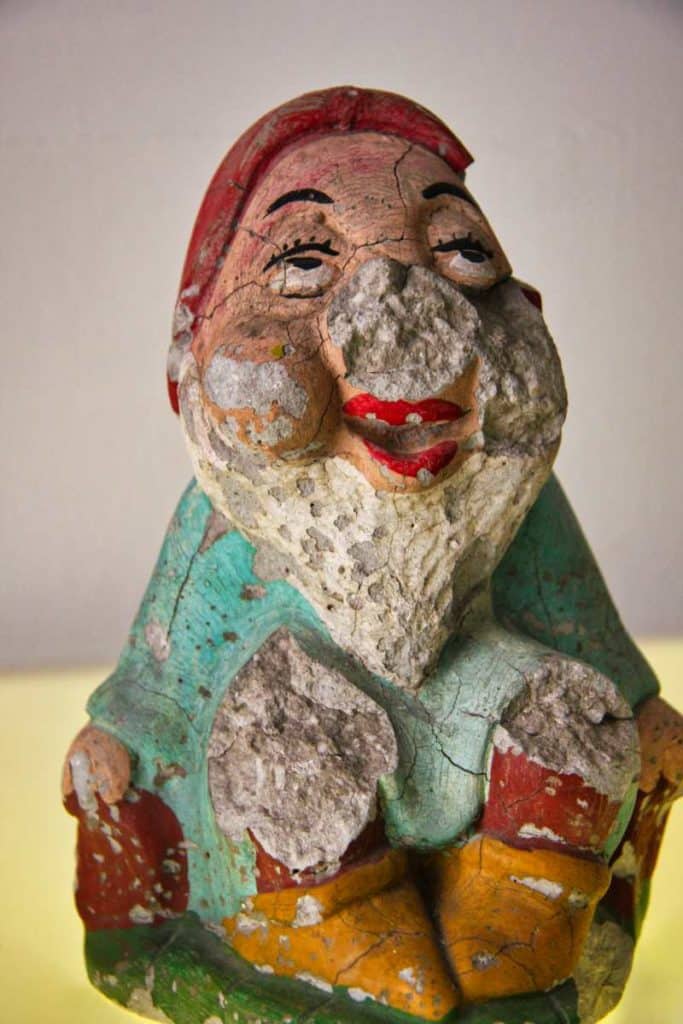
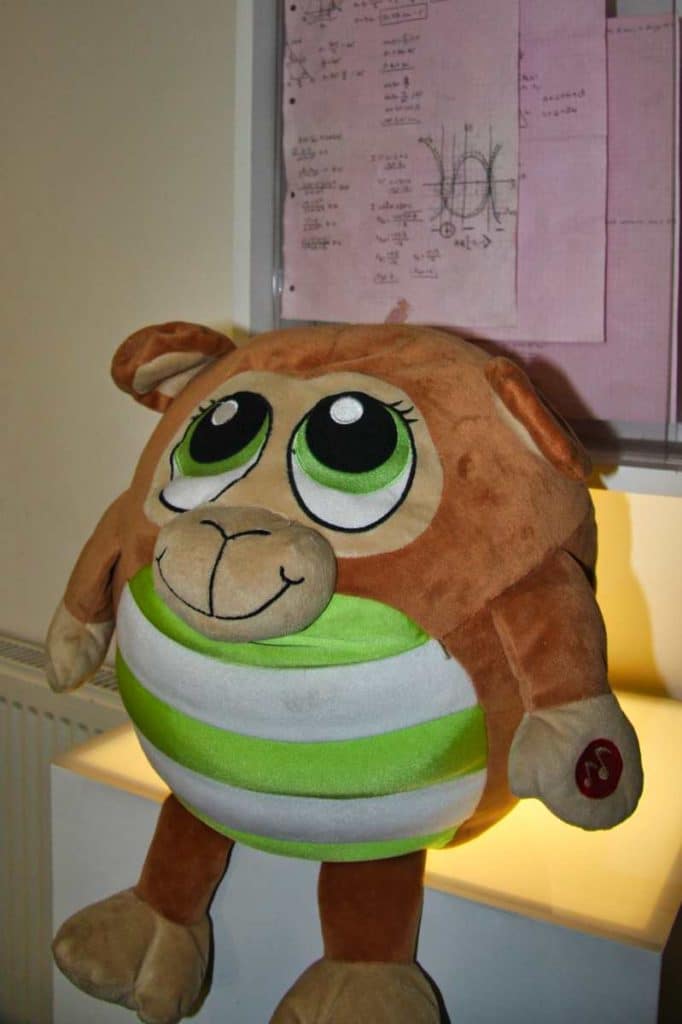
1. Museum of Broken Relationships
And the winner is … Zagreb, or more precisely the Museum of Broken Relationships in the Croatian capital. How they came up with the idea of making a museum on the subject of heartbreak remains a mystery to us to this day, but in the meantime the exhibition has become so popular that there is even an offshoot in Los Angeles. In the museum you sometimes have to smile, for example when a modem is exhibited that says “we tried to connect, it didn’t work”. But often these are very personal pieces that symbolize the tragic failure of a relationship. The beauty of the museum is that anyone can participate and send their items to the house. With a little luck, the objects will then be exhibited. Well, maybe it will help with lovesickness …
2. Miniature Book Museum
The Azerbaijani capital of Baku is home to the world’s only private miniature book museum. It has not only secured a place on our Strange Museums list, but also one in the Guinness Book of Records. Nearly 500 books from over 70 countries are on display here. But why mini books in particular? They have a long tradition in the former Eastern Bloc, because opposition members could hide subversive works more easily that way. In response to the lack of paper, however, official publishers also relied on mini-books. The beauty of the Miniature Book Museum is that many copies are duplicated. If you bring one of your own, you can exchange it for a new one here and take a piece of cultural history home with you.
3. Devil Museum
Behind the cryptic name Žmuidzinavičius Museum lies a devilish museum in Kaunas, Lithuania, the European Capital of Culture 2022. The exhibition, which is now also internationally known, has more than 3,000 depictions of Lucifer, including a Hitler devil and a Stalin devil performing a dance of death on a pile of bones. Many objects are made of wood and come from Scandinavia, but there are also some works from the Far East and Central America. A museum to scare and smile!
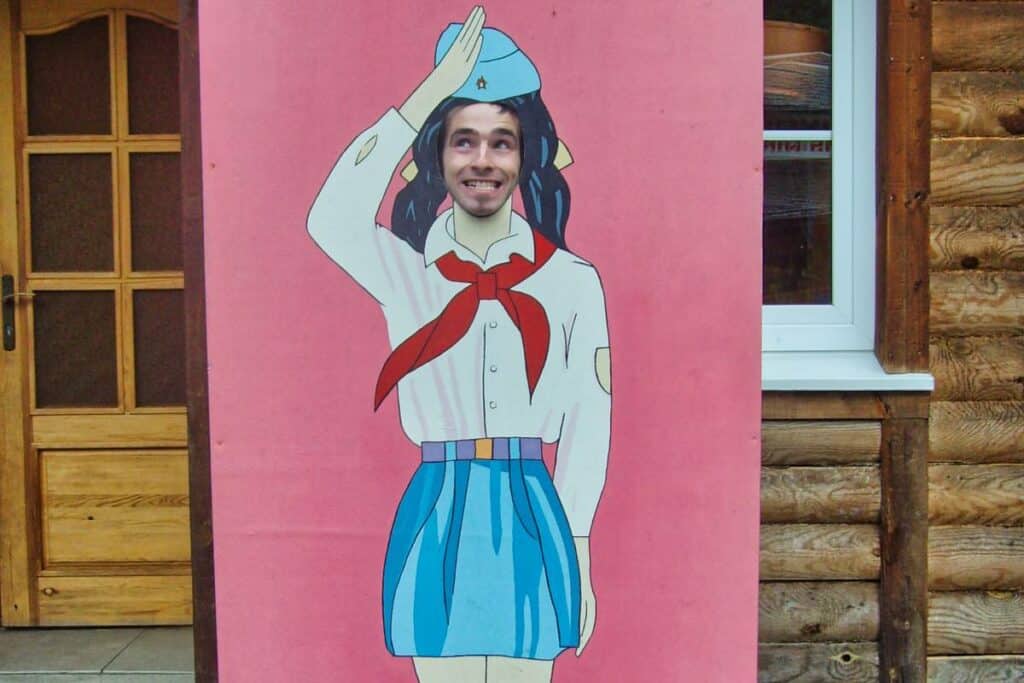
4. Grūtas Park
“Happy New Year, Comrades” is written on a sign above the entrance to Grūtas Park in southern Lithuania. Here, somehow, time seems to have stopped. In a small wooded area, statues, vehicles, trains that deported inmates to the Gulag camps, and much more from the time of the Soviet occupation of Lithuania are on display. Basically, everything that was no longer needed after the fall of communism, but was too good to throw away. In the style of an amusement park, the Grūtas Park therefore also bears the name “Stalin’s World. There is also a zoo, so that today zebras roam around Stalin monuments. You can make speeches at a lectern, have your photo taken with Lenin and much more – crazy and therefore absolutely worth a visit.
The founder of the museum also distinguished himself by receiving the Ig Nobel Prize, also known as the Antinobel Prize. Among others, the prize was also awarded to a scientist who researched the further development of hydrogen bomb technology and was “honored” on the grounds that he had worked all his life to bring about a lasting change in the meaning of the word “peace”. A scientist who researched why jam sandwiches always land on the side with the jam when they fall was also given this honor.
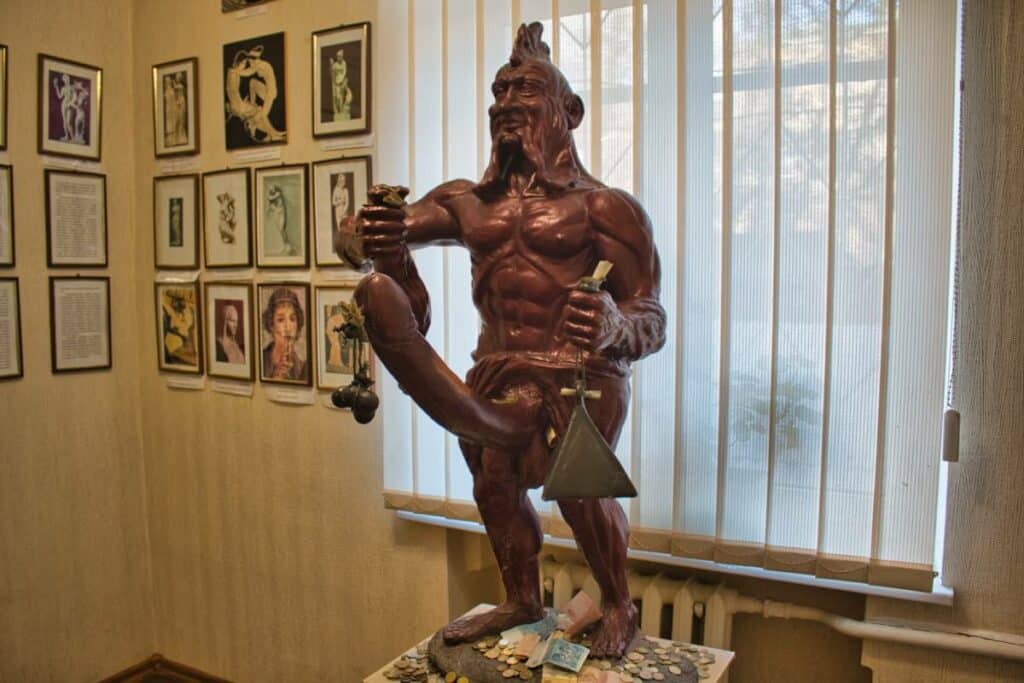
5. Sex Museum
One of the most strange museums on our list is the Sex Museum in Kharkiv, Ukraine. The museum is actually called the Research Museum of Sexual Cultures of the World and is an institution of the Sexology Department of the Medical Academy of Postgraduate Studies. It was founded in 1999 from the personal collection of a professor and deals with sexuality in the cultures of the world. Therefore, here you can learn not only about the Kama Sutra, but also about sex in many other cultures. The friendly lady in charge of the museum will be happy to show you around the exhibition and give you lots of useful information that you can put into practice elsewhere.
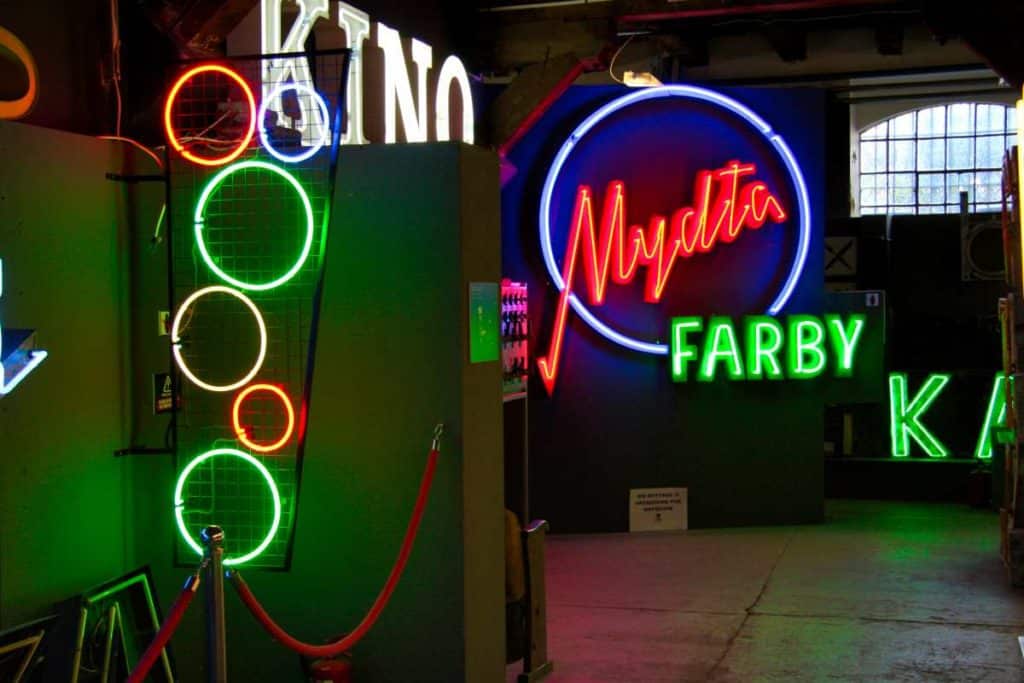
6. Neon Advertising Museum
Neon advertising has a long tradition in Poland. In the post-World War II era, neon signs were considered all the rage, could be seen everywhere in the Polish capital of Warsaw, and marked the dawn of better times after World War II, which was disastrous for the city. They have now largely disappeared from the cityscape, but here at the neon muzeum in the trendy Praga district, they have found a home. You can admire around 200 neon signs from Warsaw and all over the world. A unique experience!
7. Kunstkamera
Russia has no shortage of strange museums. Perhaps the country’s wackiest is also the oldest on our list, dating back to none other than Tsar Peter the Great. He had a weakness for, shall we say, “the unusual.” And so you’ll find 18th-century baby fetuses in a jar, the skeleton of Peter’s favorite servant (a Dutch “giant”) and all sorts of other abominations that make many stomachs turn at the sight of them. We therefore better refrain from a picture here.
In addition, there are also less disgusting exhibits, such as the Gottorf Giant Globe, which was originally located in Schwerin, can be walked through completely and is now one of the highlights of the Kunstkamera (the name is derived from the German word Kunstkammer, “Chamber of Art”). The museum is also interesting because Mikhail Lomonosov, the great Russian polymath, researched here and worked for the institution for almost 15 years.
8. Museum of Soviet Arcade Machines
In the 70s and 80s, arcades were all the rage in the West and many children and teenagers spent hours playing Pacman, Space Defenders and other games. The fashion also spilled over into the Soviet Union. What few know, arcade games were designed for children here as well. In a museum in Moscow (there is now also a branch in St. Petersburg), you can play the old games today with old Soviet 15-kopeck pieces and replay such legendary classics as “Morskoi Boi” (roughly: sea battle) or the Russian national sport Gorodki on the machine and learn everything about the history of Soviet arcade gaming.
9. Museum of Confiscated Art
Museums in which looted art is exhibited unfortunately exist in many countries. In Belarus, however, they have simply turned the tables and are displaying works of art taken from smugglers in the city of Brest in a whimsical museum on the Polish border. Since Brest was on the Soviet Union’s border with Poland, the city was a popular transshipment point for many shady “traders.” Over the years, the border guards caught some big fish. If the owners could be identified, the works of art were returned to them, of course, but what did not “belong” to anyone was much too good to languish in some warehouse. Icons from the 16th century, Soviet busts and paintings of all kinds can be admired here.

10. Museum of Socialist Art
In the Bulgarian capital Sofia, a museum focuses less on the history of socialism than on the art that was created at the time. Over 200 objects are on display, with both a park and an exhibition hall serving as display areas. With the help of the didactically well-prepared exposition, one can thus learn about the individual art phases of communism and thus trace the path that ran from Socialist Realism to Modernism.



